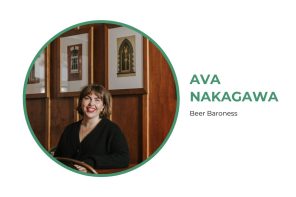A sustainability story can make a huge difference to whether or not diners choose to part with their money. Selling a sustainability story can set a restaurant apart from the rest, but the challenge is to tell the story without seeming overly preachy, or simply distracting diners from their meal. Beef is big business for restaurants – a report from Technomic shows that a good steak is a key element in building customer loyalty and building brand awareness.
Every supply chain has a story, and it’s up to the restaurant how (and if) they choose to share it. Using phrases like “grass-fed” or identifying the breed, geographical origin or brand name can pique customers’ interest, giving a snapshot into the provenance of the meat without wasting valuable menu inches or losing the attention of the customer. In the same way that the phrase ‘free range’ can reassure customers that they’re supporting sustainable business practice, a gentle reminder of the provenance of the meat they’re about to eat can be traced back to ethical sources can work wonders.
Take this example from Jervois Steak House, describing Taupo Beef:
“Angus Charolais cross by breed and entirely grass fed. The meat is aged for three weeks to improve tenderness. Sharon and Mike Barton, the founders, continue to strive for more sustainable practices in farming and lead the way with excellence.”
This brief phrase gives a history of the meat, as well as its characteristics as well. Not every restaurant is expected to give this much detail on a menu, but identifying meat by brand gives customers a connection to a brand they know or, failing that, tells customers that this is a brand that they should know.






